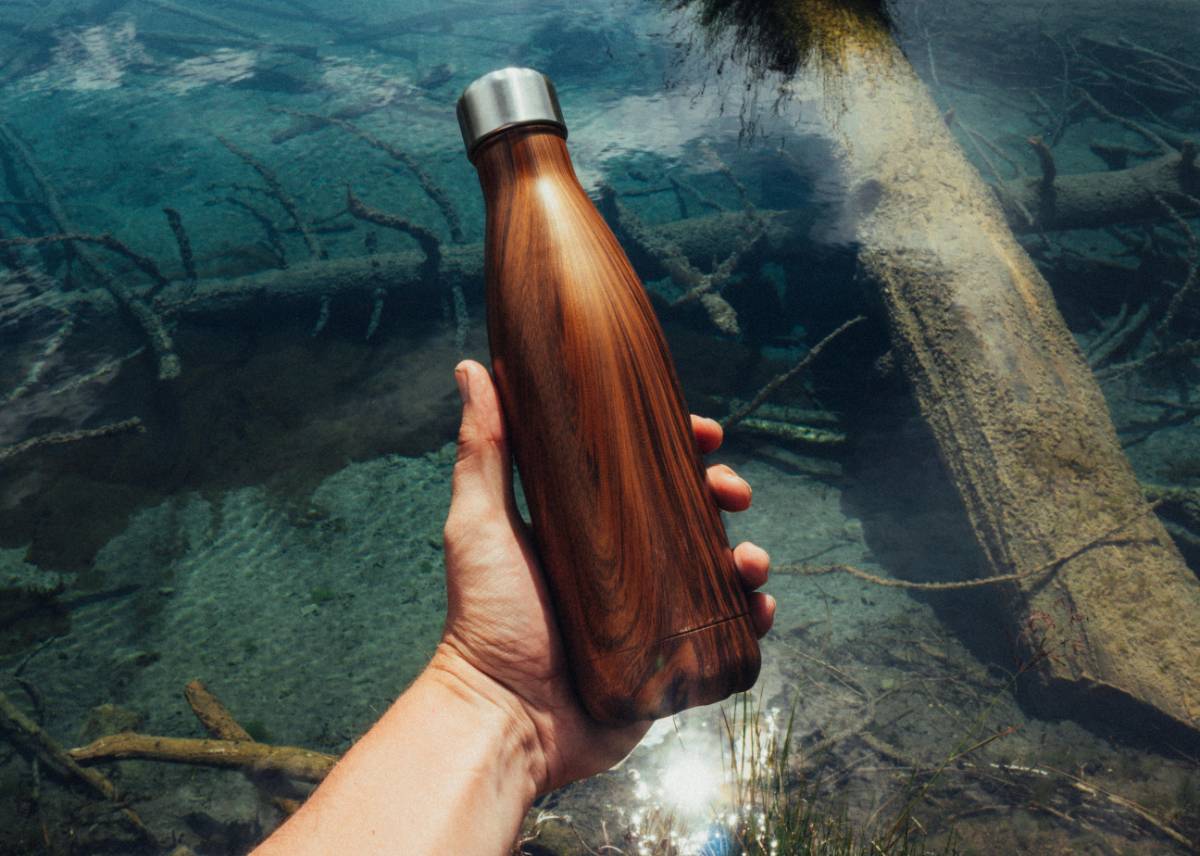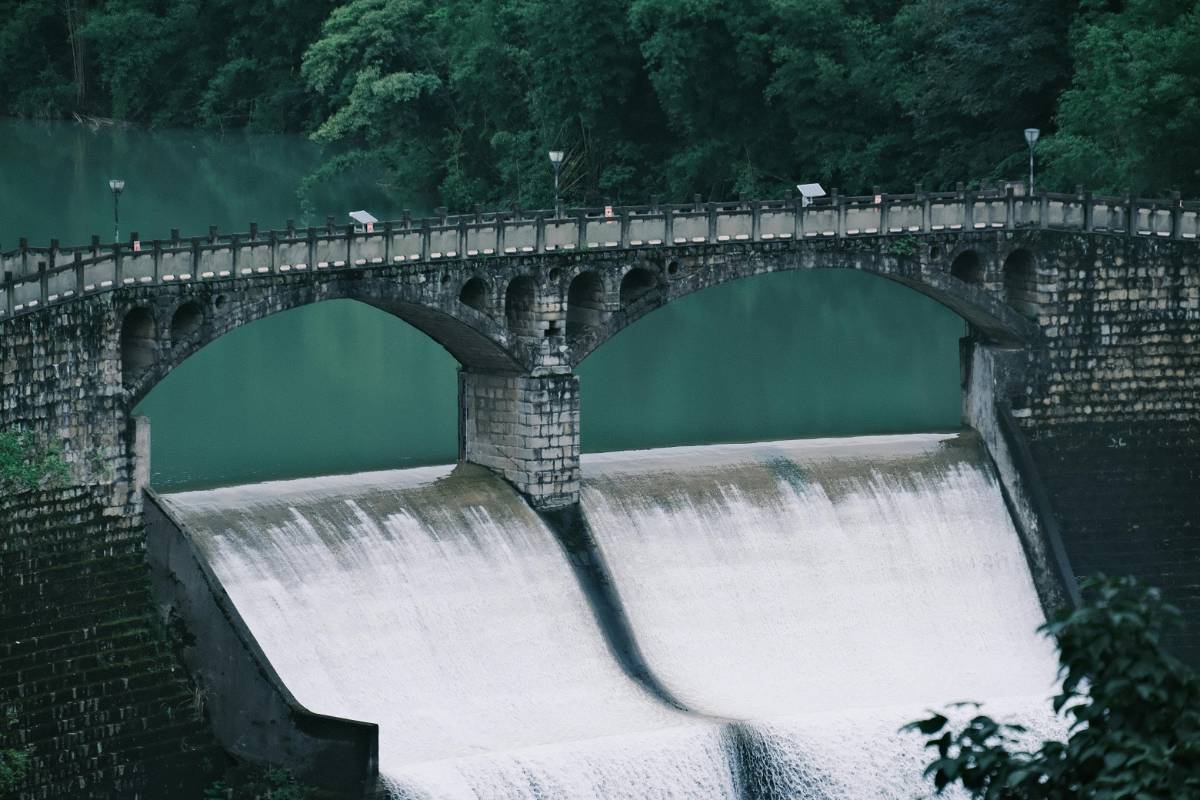
Water Conservation in Sustainable Design: The Future of Eco-Friendly Homes
Water conservation has become an essential focus in sustainable design as the world faces increasing water scarcity and the environmental impact of excessive consumption. In response, eco-friendly homes are incorporating innovative water-saving technologies and design strategies to reduce water use and contribute to a more sustainable future. Here’s how water conservation is transforming the way we design and build homes.
The Importance of Water Conservation in Sustainable Design
Water conservation is crucial for the sustainability of our planet. With the growing population and climate change affecting weather patterns, fresh water is becoming a limited resource in many regions. Sustainable design seeks to minimize the environmental footprint of homes, and water conservation plays a key role in this process. By reducing water consumption, eco-friendly homes can lower their impact on local water supplies, decrease utility costs, and contribute to environmental preservation.
Rainwater Harvesting Systems
One of the most effective methods of water conservation in sustainable design is the use of rainwater harvesting systems. These systems capture rainwater from roofs and store it for later use, such as irrigation, flushing toilets, or even for household cleaning tasks. By collecting rainwater, homes can reduce their reliance on municipal water supplies and reduce overall water consumption.
Rainwater harvesting systems are particularly beneficial in areas that experience periods of drought or where access to clean water is limited. They are easy to install and can be integrated into both new builds and existing homes, providing a sustainable solution for water usage.
Water-Efficient Appliances and Fixtures
Eco-friendly homes also incorporate water-efficient appliances and fixtures. Low-flow faucets, showerheads, and toilets can drastically reduce water consumption without compromising performance. These fixtures are designed to use less water while maintaining pressure and functionality, making them an essential component of water conservation strategies in sustainable homes.
In addition to low-flow fixtures, water-efficient appliances like dishwashers, washing machines, and refrigerators help reduce the amount of water needed for daily tasks. By selecting Energy Star-rated appliances, homeowners can also improve energy efficiency while conserving water, making them a smart investment for both environmental sustainability and cost savings.
Greywater Recycling Systems
Another innovative approach to water conservation is the use of greywater recycling systems. Greywater refers to wastewater from sinks, showers, and washing machines, which can be filtered and reused for non-potable purposes like irrigation or flushing toilets. By recycling greywater, homes can drastically reduce the amount of fresh water they consume for everyday tasks.
Greywater systems can be designed to fit the specific needs of a home, whether it’s for landscaping, toilet flushing, or general irrigation. In addition to conserving water, these systems reduce the burden on municipal water treatment facilities and help to minimize the overall environmental impact of the home.
Smart Irrigation Systems
Water conservation in sustainable homes extends to landscaping and outdoor water use as well. Smart irrigation systems use advanced technology to monitor weather conditions, soil moisture levels, and other environmental factors to deliver the right amount of water to plants at the optimal time.
These systems help prevent overwatering and ensure that water is used efficiently. With weather sensors, they can automatically adjust watering schedules based on rainfall and evaporation rates, leading to significant water savings over time. Smart irrigation is a valuable tool for homeowners who want to maintain beautiful landscapes while minimizing water waste.

Permeable Landscaping and Green Roofs
Another sustainable design strategy that promotes water conservation is permeable landscaping. Permeable surfaces, such as porous pavements, gravel, and natural turf, allow rainwater to filter through the ground and recharge the local water table, rather than running off into storm drains.
Green roofs are another effective solution for managing water in eco-friendly homes. These roofs are covered with vegetation, which absorbs rainwater, reduces runoff, and insulates the building. Green roofs also help lower urban heat island effects, improve air quality, and contribute to biodiversity, all while enhancing the building’s aesthetic appeal.
Water-Saving Building Materials
Sustainable design also involves selecting water-saving building materials that are designed to minimize water usage. For example, drought-tolerant landscaping materials like native plants require less water to thrive and are well-suited for homes in arid regions.
In addition, some building materials are specifically designed to conserve water, such as insulation materials that reduce the need for excessive cooling or heating, or water-efficient concrete that allows for water retention in gardens and outdoor spaces. By incorporating these materials, homes can further reduce their overall water consumption.
Sustainable Plumbing and Drainage Systems
Eco-friendly homes also prioritize sustainable plumbing and drainage systems to manage water flow efficiently. Plumbing systems are designed to minimize water waste, such as low-flow pipes and water-saving pressure regulators that optimize water usage.
Drainage systems in sustainable homes can be designed to capture and redirect excess water to where it’s needed, such as garden areas or rainwater storage tanks. These systems ensure that water is used efficiently and not wasted, especially during periods of heavy rainfall.
The Role of Building Codes and Standards
In many regions, building codes and standards are beginning to reflect the growing need for water conservation. These regulations mandate the use of water-efficient fixtures, rainwater harvesting systems, and other sustainable water-saving strategies in new constructions and major renovations.
As governments and municipalities recognize the importance of water conservation in sustainable design, they are increasingly encouraging the implementation of water-saving measures. In addition to lowering water consumption, these building codes help reduce the strain on local water systems and contribute to the overall sustainability of communities.
Conclusion
Water conservation is a fundamental aspect of sustainable design that cannot be overlooked. By incorporating strategies like rainwater harvesting, greywater recycling, water-efficient appliances, and smart irrigation systems, homeowners can significantly reduce their water usage and contribute to the preservation of this precious resource.
Sustainable homes are not only better for the environment, but they also offer long-term benefits in terms of cost savings and improved efficiency. As the world faces water scarcity and increased environmental challenges, eco-friendly design solutions that prioritize water conservation will continue to play a crucial role in shaping the future of housing. By embracing these practices, we can build homes that are not only beautiful and functional but also responsible stewards of the planet’s most valuable resource.



